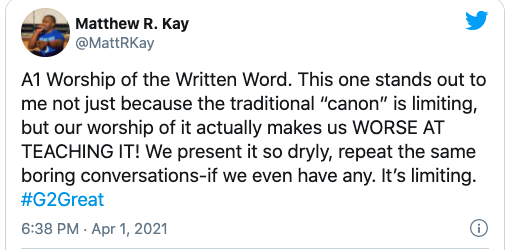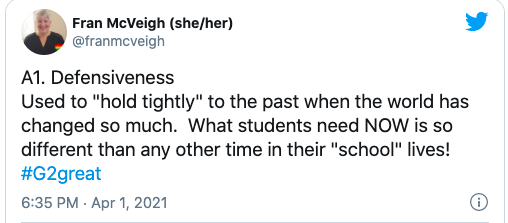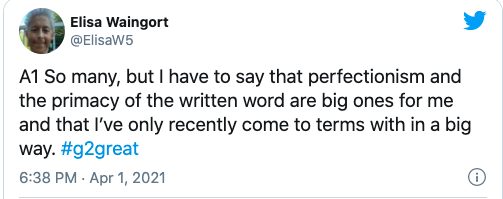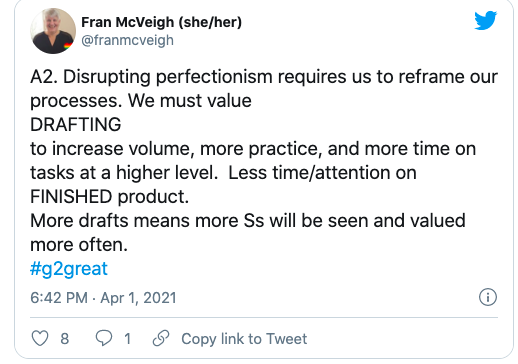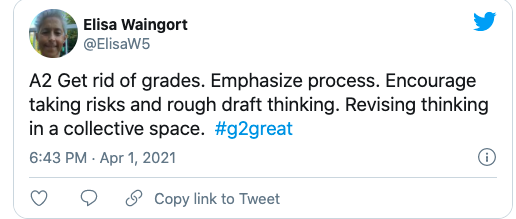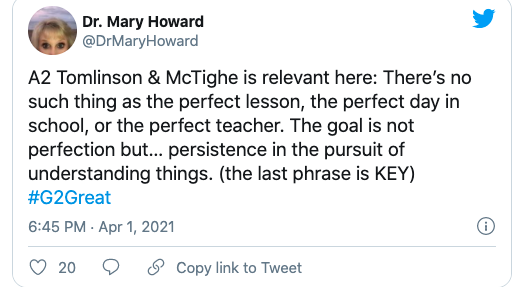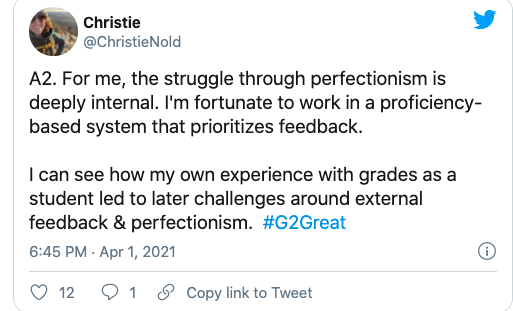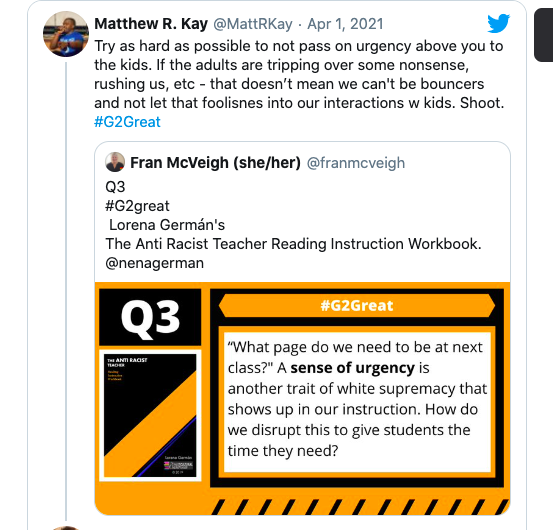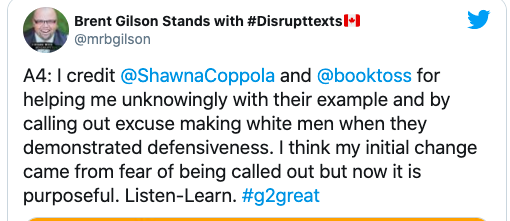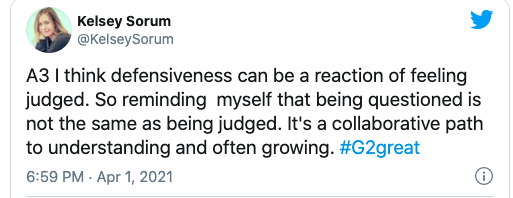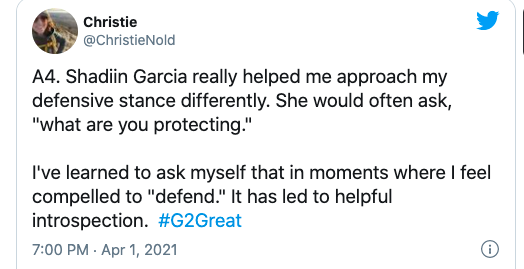
By: Brent Gilson
For a record of this chat you can check out the Wakelet located here.
Last spring for many teachers we were focused on transitioning to online learning amidst a pandemic. We were all focused on the inequity of our education system and how magnified they had become. Then in May another shift occurred in the world as George Floyd was murdered, Black Lives Matter marches occurred the world over and the term Anti-racist was entering the conversations of the education system. The inequity and racism within the education system had moved into focus. Many teachers had already been involved in this Anti-racist work, many more would now be looking to learn to be better for their students and school communities.
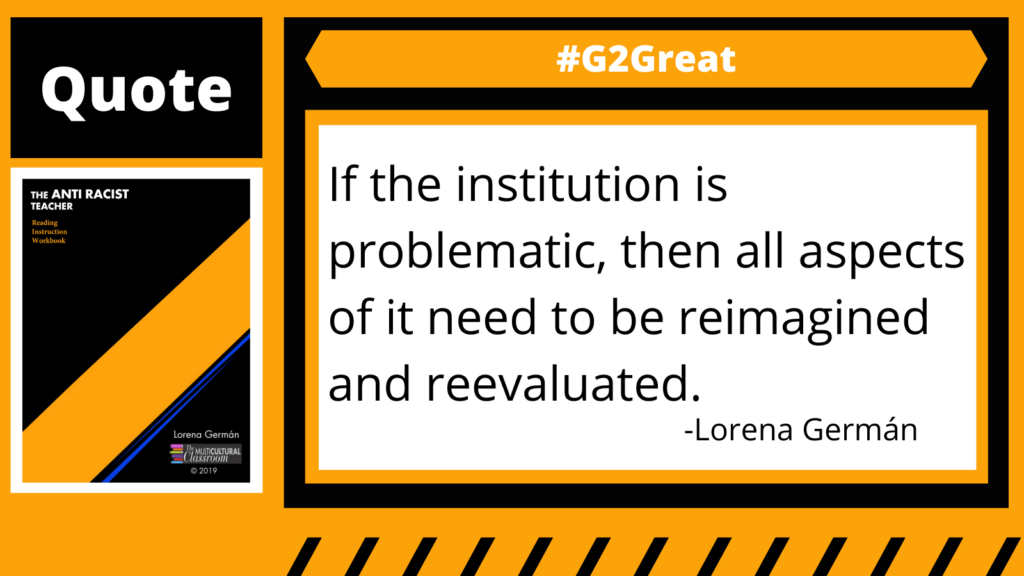
The amount of work needing to be done is overwhelming but that does not mean that we can just say, “it is too much I am just going to close my door and pretend like it isn’t happening.” We can’t do this for many reasons but one is that it is very likely the practices that we utilize in our classrooms are contributing to these inequities, are upholding the very education system and traditions that are supported by white supremacy. As Lorena says above we need to reimagine and reevaluate if we are going to make change. Lorena Germán’s The Antiracist Teacher Reading Instruction Workbook provides us with a background on the traits of white supremacy and explores how they show up in our classroom and how we can disrupt them.
What are the traits of white supremacy?
In the workbook Lorena outlines Perfectionism, A Sense of Urgency, Defensiveness, Quantity over Quality, Worship of the Written Word, Only One Right Way and Individualism as traits of white supremacy that show up in our reading instruction. As we began the chat we asked teachers to reflect on what trait they felt most commonly showed up in their instruction.
As I watched and participated in the chat seeing so many different responses for so many teachers I couldn’t help but connect with Mary’s tweet here. So many issues to address and our practice, naming them is the first step but then acting is the next. The workbook helps teachers to identify the traits of white supremacy in their own practice and provides ways in which we can make changes to address them. As the chat continued teachers reflected on each of the traits. Here is a sample but be sure to read through the Wakelet that is linked above.
Perfectionism
Sense of Urgency
Be bouncers, thank you Matthew R. Kay.
Defensiveness
This really was an area I struggled with in the past. This need to say “NOT ME” when someone points out problematic practices. I sadly still see it so much in both EduTwitter (Especially among those folks who profit off the Educelebrity system); this need to defend ourselves rather than listen, to argue rather than understand. Here are a few points from the chat.
Just a sample
I think this post could be thousands of words and I still would not be able to address all the traits Lorena brings up or share the brilliant responses from the chat that her work inspired. As we consider things like Worship of the Written Word, Only One Right Way, Quantity over Quality and Individualism to round out the traits the biggest take away I had was that the system needs to change. We need to be open to other ideas, build community, celebrate all forms of text and build a system that is serving our students. Our students need to be heard, they need to see themselves in the work we are asking them to do, in the texts they encounter and they need to see that they are valued.
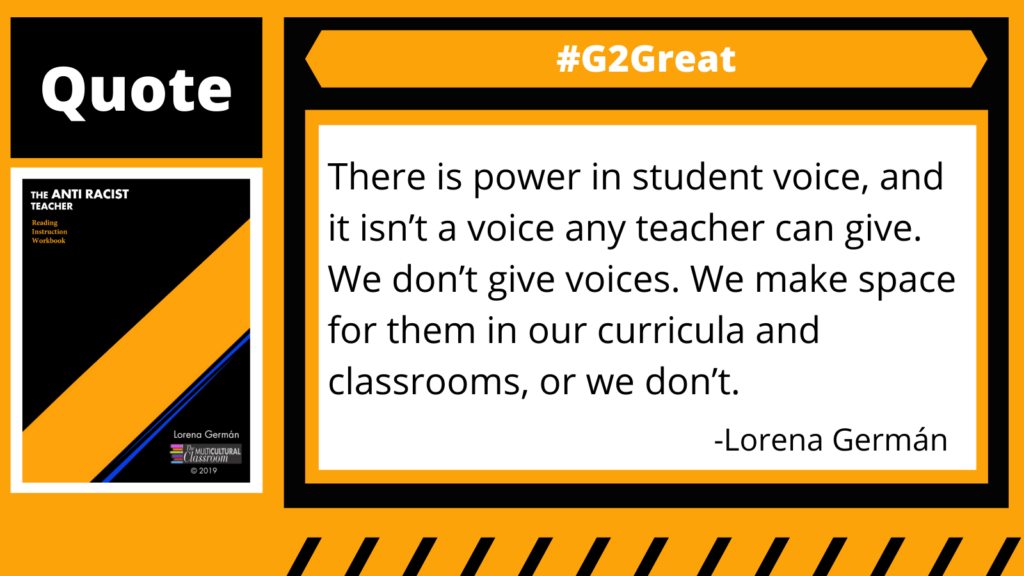
So many teachers have asked over the year how they can make their classroom a safer space for all students, how they can disrupt the system that has been built relying on the traits of white supremacy to ensure its own survival. I continue to be one of those teachers. Learning and working to be more Antiracist, more purposeful in my actions to counter racism. This is a work in practice. This workbook provides a blueprint, a guide to interrogate our own practices. Changes may come a teacher at a time, a classroom at a time but it will come if we take those steps for our students. In my own classroom being aware of these traits has led to shifts, away from the old texts and approaches to making more room for student choice. Allowing myself the grace to know that perfection is not the goal but growth always is and being open to feedback as a learning tool. There is so much to be done.
If you have read this or participated in the chat and need a copy of the workbook it can be found on Lorena and her husband Roberto’s website Multicultural Classroom Consulting You can get the electronic version immediately.
Thank you, Lorena, for this work and allowing us to feature it on #g2great.
